Purpose of running fog lights
Fog lights are auxiliary lighting devices designed to improve road visibility under conditions of fog or foul weather such as heavy rain, snow, smoke, and dust storm. Front fog lights are typically mounted low in the front fascia of a vehicle and aimed downward to illuminate the road ahead of the vehicle. The fog lights produce a wide beam of light with a sharp cutoff at the top to reduce the glare created from reflected light and help prevent glare that may dazzle oncoming drivers.
Mounting and color requirements
The two front fog lamps must be mounted symmetrically at least 600mm apart. The maximum height permitted for these lights is dependent on the vehicle. In general, they should be positioned below the dipped beam headlamps but not less than 250mm above the ground. Rear fog lights are optional lights used to improve the vehicle visibility from the rear during poor weather conditions. Front fog lights may display a white, amber or yellow light. Rear fog lights must only emit light in a red color.
Light of different spectral compositions has different penetration capabilities through different fog or haze compositions. In general, cool white light sources that have higher blue light component would have insufficient fog penetration and amber/yellow light which has more longer wavelength photons has better fog penetration capabilities than white light. For this reason, some front fog lights are designed to emit amber/yellow light, although cool white light sources have prevailing popularity due to their high luminous efficacies and daylight whiteness.
Lighting technology
A traditional fog light includes a halogen light bulb surrounded by a polyellipsoidal reflector that provides optical regulation. There may be a shade that is used to create a top cutoff in the produced light pattern. Halogen fog lights have low source and optical efficiencies. The fog lights typically consume around 55 watts of electrical power, which can be a substantial load on the vehicle’s electrical system. LED fog lights have become an essential selling point in the automotive industry due to the fundamental advantages of LEDs over traditional light sources. These advantages include lower power consumption, longer service life, higher optical delivery efficiency, exceptional vibration resistance, etc.
Forms of LED fog lights
Currently LED fog lights come in two forms: LED conversion kits and integrated LED fog lights. LED fog light conversion hits are specifically designed for upgrading existing halogen lights to LED systems. The kit is essentially an LED bulb that is designed to replace the halogen bulb and its socket. The LED bulb simulates the omnidirectional emission pattern of a halogen bulb so as to match up with the optical geometry of existing reflector. An integrated LED fog light has its optical and thermal designs revolved around the LED packages, rather than an LED bulb. Integrated design allows to maximally exploit the performance, reliability and design advantages associated with LED technology.
Design and engineering
How an LED fog light performs and how long it lasts depend on the performance variants of its LEDs as well as the thermal, optical, and electrical systems applied. LED operation is interdependent upon the heat sink, driver and optics. LEDs have a negative temperature coefficient of light output, lumen maintenance and color stability. Typically, ceramic-based high power LEDs and package-free CSP LEDs which offer high drive current capability are used in LED fog lights.
In addition to the use of LED packages that have excellent thermal stability, it is necessary to create a high capacity thermal path for removing the heat generated in the LED semiconductor junction. The performance of the heat sink is especially important because most thermal management solutions used in LED fog lights rely on passive cooling strategies. A passive heat sink is constructed from die cast or cold forged aluminum and commonly comprises a finned metal encasement or structure of greater physical volume than the heat source element.
Driver circuit
The LED module is operated by a constant current driver which must which accurately control the current flowing through the string of LEDs while protecting the LEDs against the damage of abnormal operating conditions such as electrical overstress (EOS) , reverse polarity, ESD (electrostatic discharge), and transients. The driver circuit should operate with minimal EMI emissions in order to meet the demanding EMC requirements in automotive applications.
Optical design
Optical design is also an important part for system development for integrated LED fog lights. Precision optics in the form of lenses and reflectors will facilitate high efficiency light extraction from the source and produce precisely controlled light distributions.

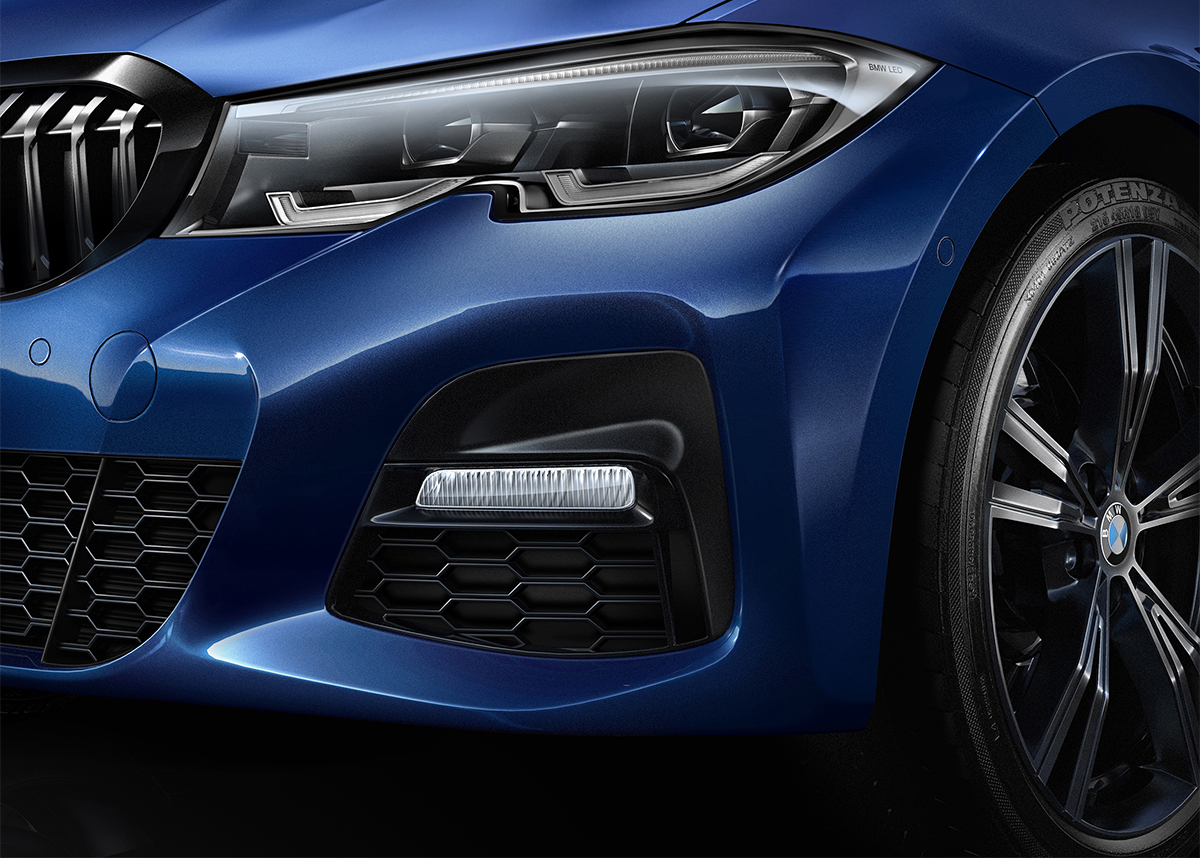
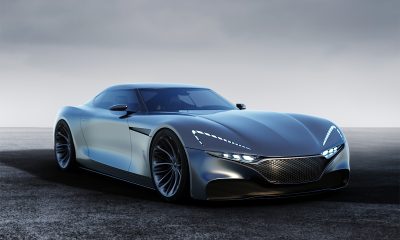
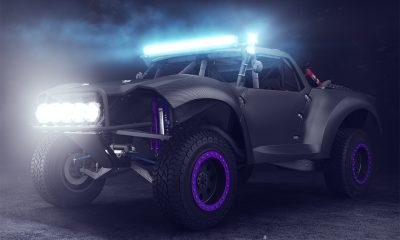
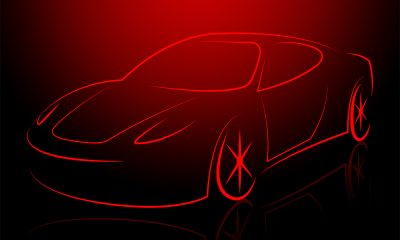
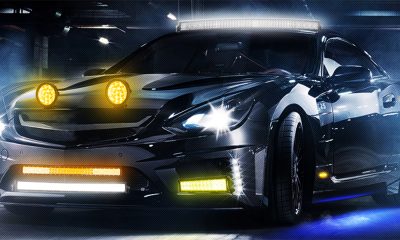

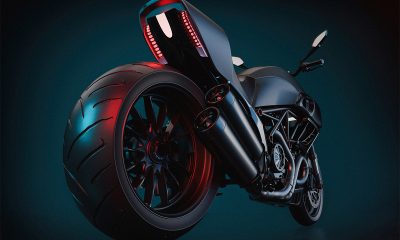

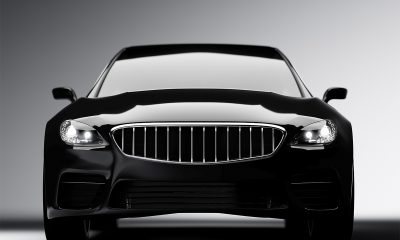


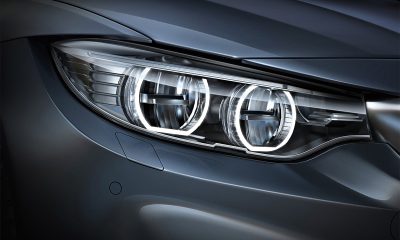






Loading...